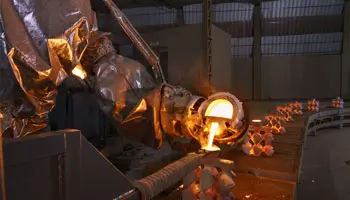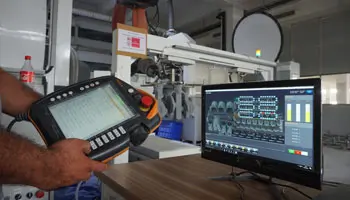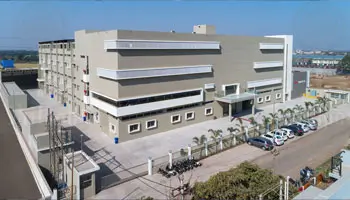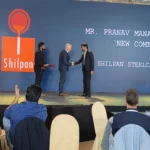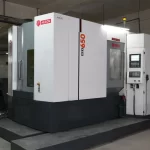Why Sourcing from India Still Makes Business Sense — Even with Higher U.S. Tariffs
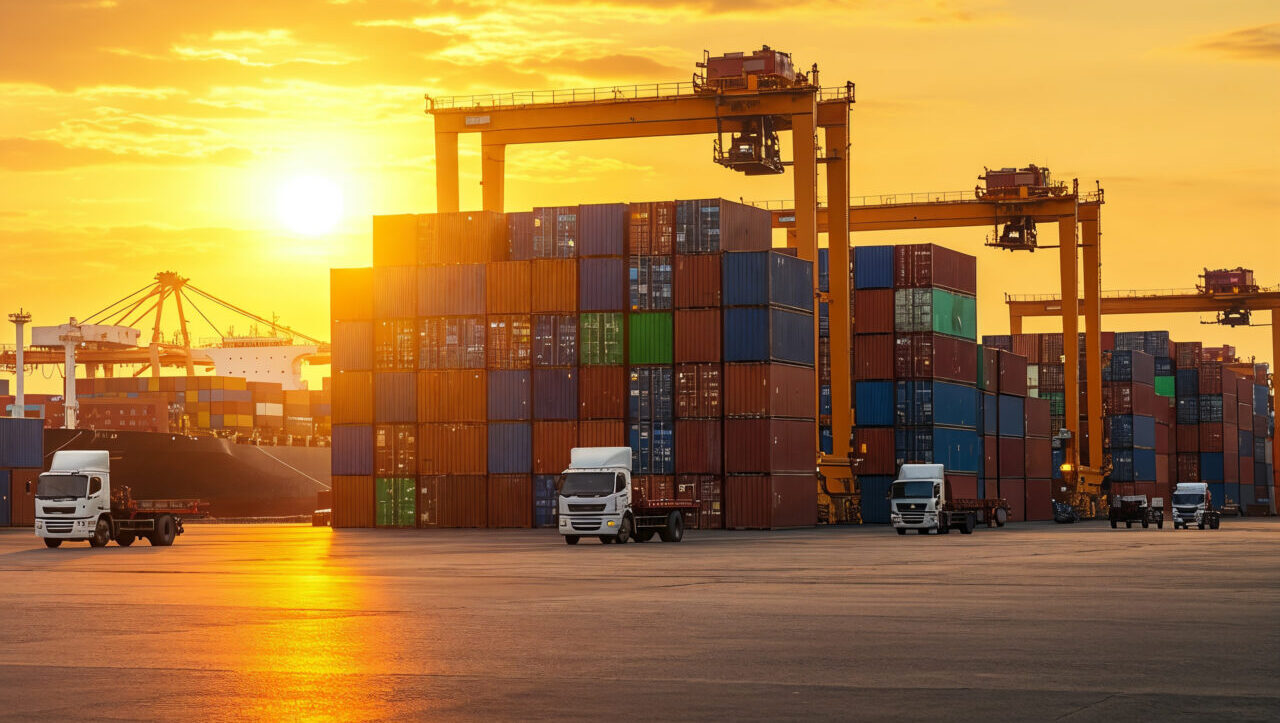
On August 27, 2025, the U.S. increased tariffs on Indian goods to 50%, one of the highest broad measures in recent years. Analysts note vulnerable categories (engineering, textiles, gems, jewelry), while pharma and some electronics were exempted. India remains a significant supplier to the U.S. (about 20% of India’s exports go to the U.S.), but the U.S. accounts for <3% of total U.S. imports, which is a useful context when evaluating long-term policy stability.
Cost isn’t just duty. Total landed cost still matters.
Many buyers react to the invoice impact of a 50% tariff. The better lens is the total landed cost (TLC) over the product lifecycle:
- Manufacturing economics: India’s precision machining and complex casting remain structurally cost-competitive for labor-intensive and multi-op parts. (Independent CNC cost benchmarks consistently place India on the lower end globally.)
- Freight normalization: Ocean freight has fallen dramatically from pandemic peaks; Drewry’s World Container Index sat around $1,700–$1,900 per FEU in Sept–Oct 2025, easing the logistics portion of TLC.
- Port performance: India’s top terminals (e.g., JNPT/Nhava Sheva) improved in the World Bank CPPI 2024, supporting schedule reliability.
Where Shilpan offsets tariff pain (the levers you control)
- Do more in one place (cast → machine → assemble):
Shilpan delivers investment casting + precision machining + sub-assembly/assembly under one QA system. Fewer handoffs mean lower rework, scrap, and administrative costs and fewer shipments (less customs exposure per program). Certifications include ISO 9001, IATF 16949, ISO 14001, ISO 45001, PED 2014/68/EU, and AD 2000 W0, critical for regulated sectors. - Global warehousing reduces buffer stock & premium freight:
With warehousing in Chicago (USA) and Rotterdam (EU), Shilpan supports JIT/VMI/Kanban replenishment. Lower safety stock + fewer airfreight expedites → real working-capital savings that partially offset duty outlay. (JIT/warehouse programs are a proven cost lever in supply chains.) - Right-first-time quality lowers hidden costs:
Integrated CMM inspection, NDT (UT/MT/PT), metallurgical labs, and APQP/PPAP where required help prevent downstream line stops and returns—often more expensive than duties themselves.
Quick, transparent math
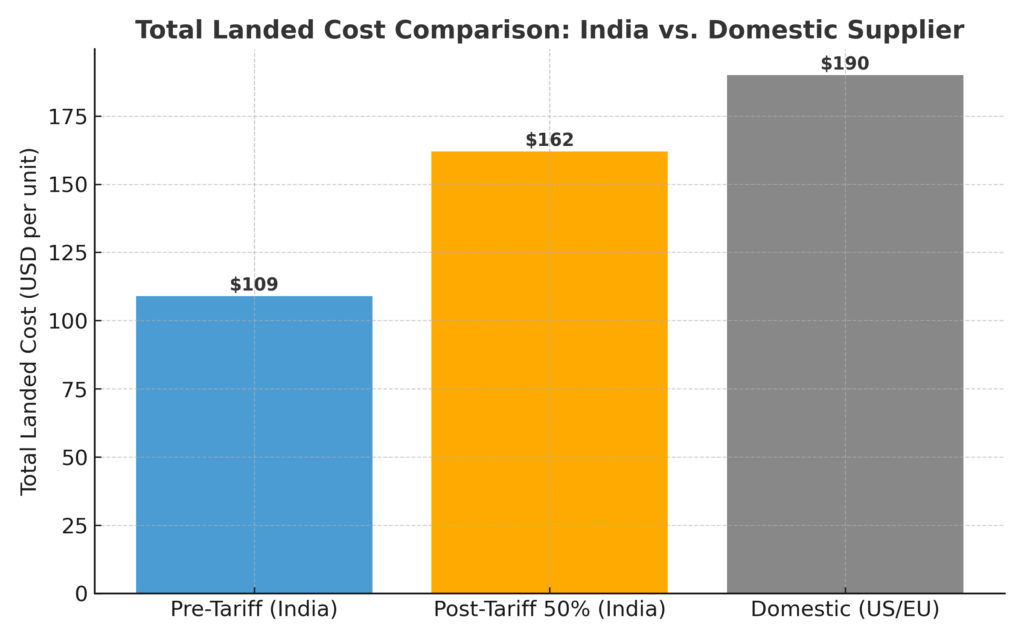
Total Landed Cost Advantage: Why India Still Competes at +50% Tariff
Assume a precision-machined, leak-tested sub-assembly previously sourced from Shilpan:
- 2024 base piece-price from India: $100
- Ocean freight + inland: $6 per unit (at normalized rates)
- Duty before 2025 changes (MFN typical for the HS line; varies): $0–$5 (assume $3 here)
Pre-tariff TLC ≈ $109
Now add the 2025 +50% tariff on customs value (price + freight as assessed; simplified here):
- 50% on $106 ≈ $53
- New TLC ≈ $162
Is $162 still competitive? In many labor- and op-intensive parts, U.S./EU domestic machining + assembly quotes can easily exceed this—especially when multiple suppliers are needed (casting vendor + machine shop + assembler), adding margin stacking and logistics. Two more deflators help:
- Freight is down vs 2021–22 peaks (saving ~$10–$20/FEU equivalent per unit on many SKUs versus crisis levels).
- Rework/line-stop risk: A single-source, tested assembly from Shilpan reduces downstream failures—often the biggest hidden cost driver.
Bottom line: the duty lifts invoice price, but process integration, normalized freight, warehousing, and right-first-time quality still keep India competitive on total landed cost for complex metal components.
What to do now (practical buyer playbook)
- Re-cost using TLC, not unit price: Include duty, freight (current spot/contract), inventory carrying cost, expedite history, rework/scrap, and admin overhead.
- Consolidate vendors: Move from three POs (casting + machining + assembly) to one with Shilpan; reduce mark-ups and defects between interfaces.
- Use regional stock: Shift to Chicago replenishment to cut lead time and buffer stock.
- Target exempt/low-impact lines: Some categories saw exemptions; review HS codes with your broker for actual duty impact by product. (Recent reports note exemptions for pharmaceuticals/electronics; component duty varies by HS.)
- Negotiate multi-year programs: Lock capacity, improve forecast accuracy, and reduce change costs.
Context check (why this is likely cyclical)
Major outlets report the 50% action as part of a wider, evolving policy environment. Markets (and freight) have already adjusted, ocean rates are at multi-year lows, and bilateral trade relationships remain too large to ignore (U.S. imports from India reached $87.3B in 2024). That gives room for commercial solutions even as politics fluctuate.
Want to see a duty-aware TLC model for your specific drawing?
Shilpan can map casting → machining → assembly → stock for your part and quantify the savings that survive even a 50% tariff. Contact us and we’ll run a side-by-side comparison with your current source.
Disclaimer:
The information in this article is based on publicly available trade and logistics data as of 2025 and is provided for general informational purposes only. Shilpan Steelcast has taken care to ensure accuracy, but specific figures, tariffs, and market conditions may change over time. Readers are encouraged to verify current data relevant to their sourcing or procurement decisions.
